Increasing Energy Security
The Bioliquid Heat and Power Generation Market is experiencing a notable shift towards enhancing energy security. As nations seek to reduce dependence on fossil fuels, bioliquids present a viable alternative. This transition is driven by the need for stable energy sources that can withstand geopolitical tensions and market fluctuations. In recent years, investments in bioliquid technologies have surged, with the market projected to reach USD 20 billion by 2027. This growth reflects a broader trend of diversifying energy portfolios, which is essential for ensuring long-term energy stability. Furthermore, the integration of bioliquids into existing energy systems can bolster resilience against supply disruptions, thereby reinforcing national energy strategies.
Supportive Regulatory Frameworks
The Bioliquid Heat and Power Generation Market is significantly influenced by supportive regulatory frameworks. Governments worldwide are implementing policies that promote the use of renewable energy, including bioliquids. Incentives such as tax credits, subsidies, and renewable energy mandates are encouraging investments in bioliquid technologies. Recent legislative measures have established ambitious targets for renewable energy adoption, with many countries aiming for 50% renewable energy by 2030. This regulatory support not only fosters market growth but also enhances investor confidence in bioliquid projects. As these frameworks evolve, they are likely to create a more favorable environment for bioliquid development, ensuring that the industry remains competitive and aligned with broader energy transition goals.
Environmental Sustainability Initiatives
The Bioliquid Heat and Power Generation Market is increasingly aligned with environmental sustainability initiatives. As climate change concerns escalate, there is a growing emphasis on reducing greenhouse gas emissions. Bioliquids, derived from organic materials, offer a cleaner alternative to traditional fossil fuels. Recent data indicates that bioliquid usage can reduce carbon emissions by up to 80% compared to conventional energy sources. This significant reduction aligns with international climate agreements and national policies aimed at achieving net-zero targets. Consequently, the demand for bioliquids is expected to rise, as industries and governments prioritize sustainable energy solutions. The shift towards bioliquids not only supports environmental goals but also fosters innovation in renewable energy technologies.
Technological Innovations in Bioliquid Production
The Bioliquid Heat and Power Generation Market is witnessing rapid technological innovations that enhance production efficiency. Advances in processing techniques, such as enzymatic hydrolysis and gasification, are improving the yield and quality of bioliquids. These innovations are crucial for meeting the increasing demand for renewable energy sources. For instance, recent developments have led to a 30% increase in bioliquid production efficiency, making it a more competitive option against fossil fuels. Furthermore, the integration of digital technologies, such as IoT and AI, is optimizing supply chain management and operational processes. As these technologies continue to evolve, they are likely to drive further growth in the bioliquid sector, positioning it as a key player in the energy landscape.
Rising Consumer Awareness and Demand for Clean Energy
The Bioliquid Heat and Power Generation Market is benefiting from a surge in consumer awareness regarding clean energy. As individuals and businesses become more environmentally conscious, there is a growing preference for sustainable energy solutions. This shift is reflected in market trends, where bioliquid products are increasingly favored for their lower environmental impact. Surveys indicate that over 60% of consumers are willing to pay a premium for renewable energy sources, which bodes well for the bioliquid sector. This heightened demand is prompting energy providers to invest in bioliquid technologies, thereby expanding their offerings. As consumer preferences continue to evolve, the bioliquid market is likely to experience sustained growth, driven by the quest for cleaner energy alternatives.
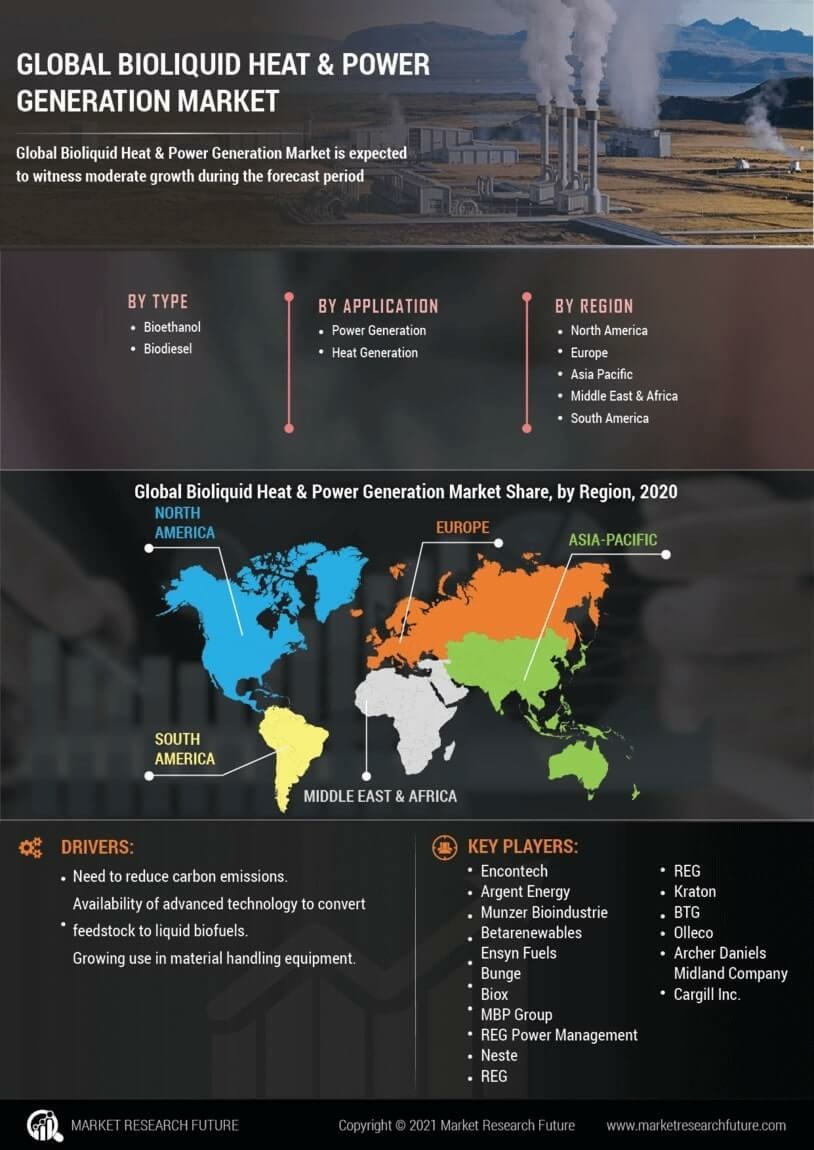

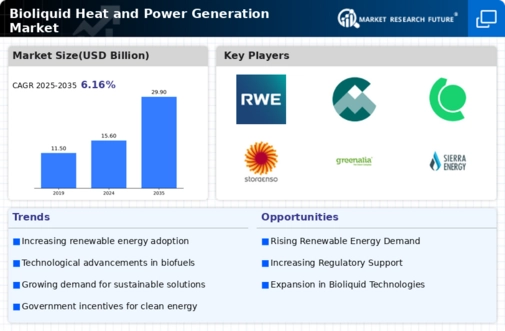
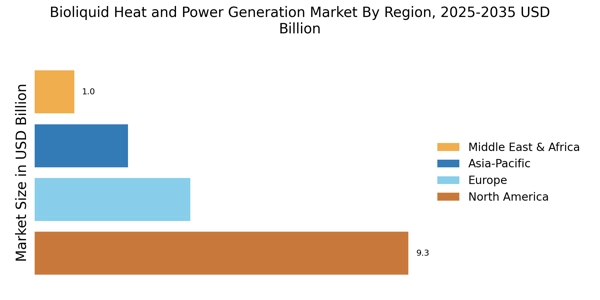

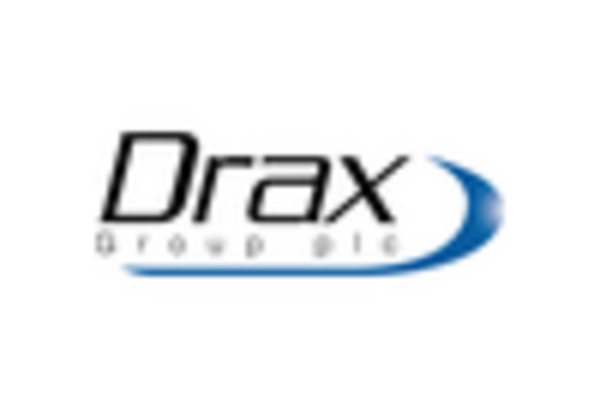
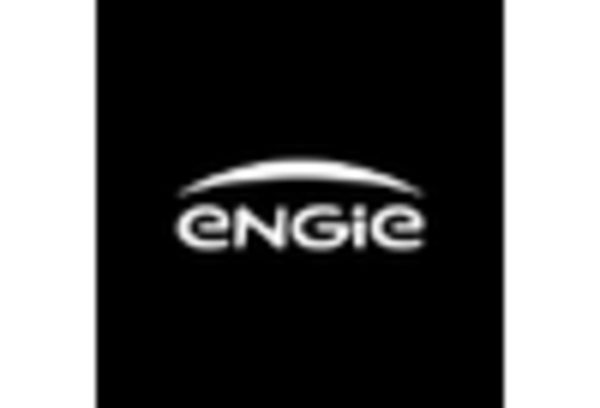
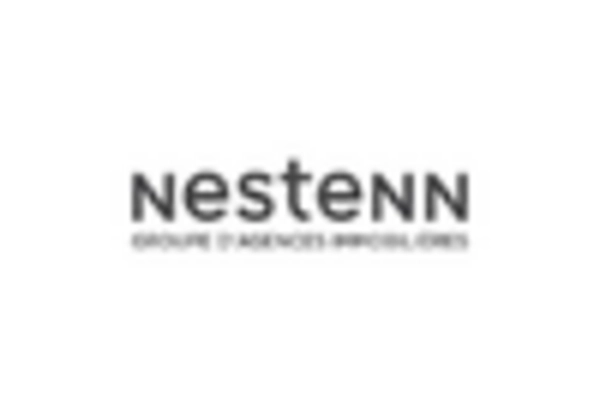
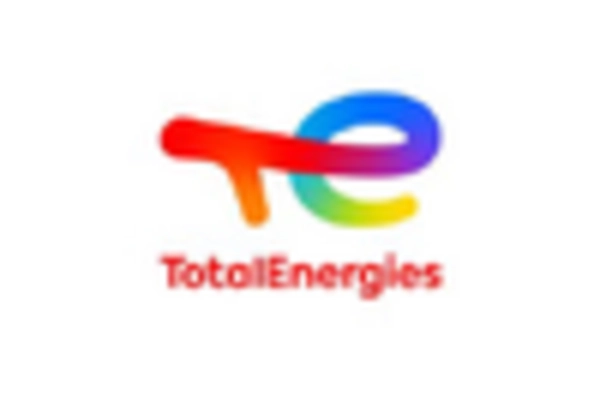
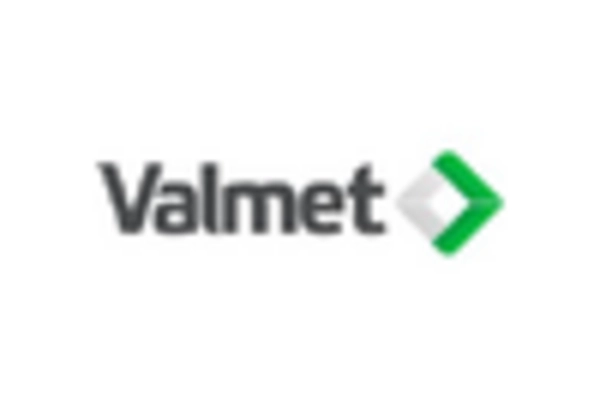








Leave a Comment